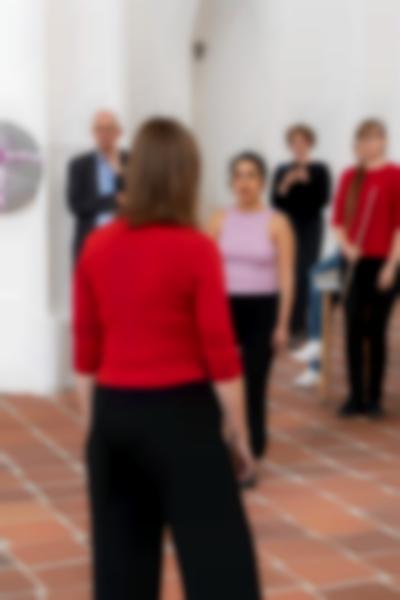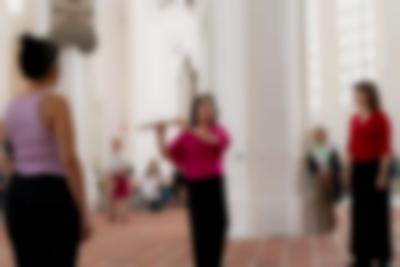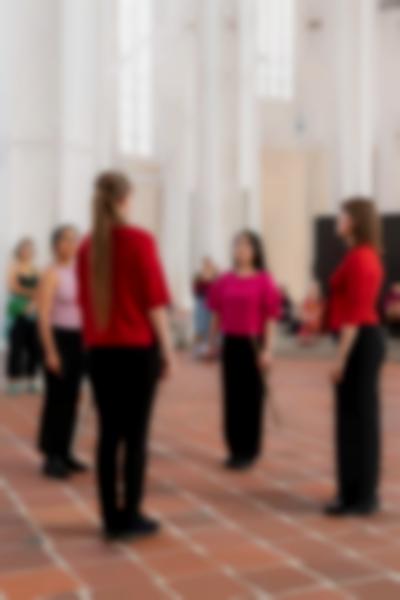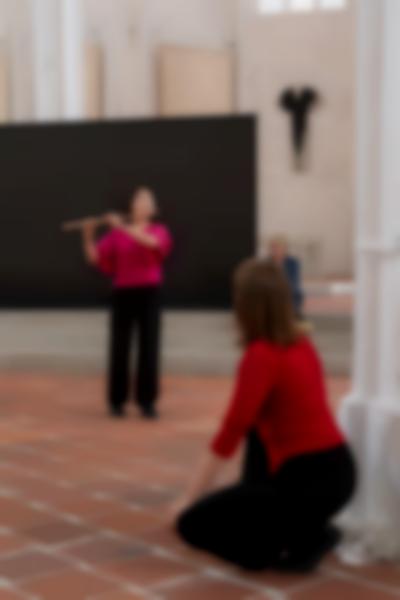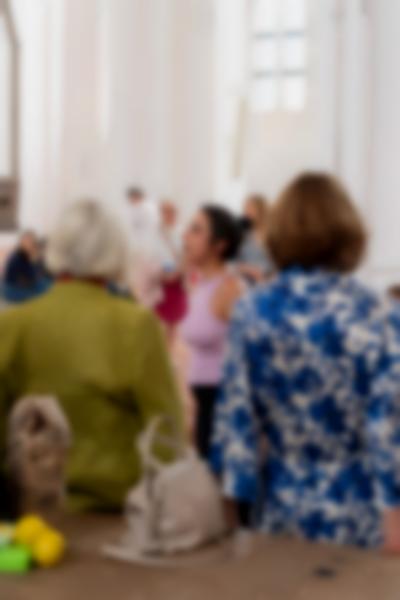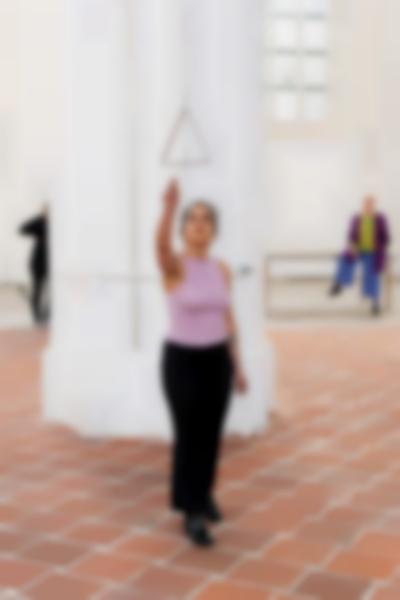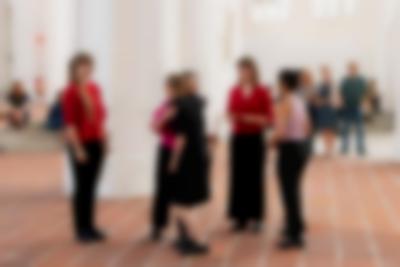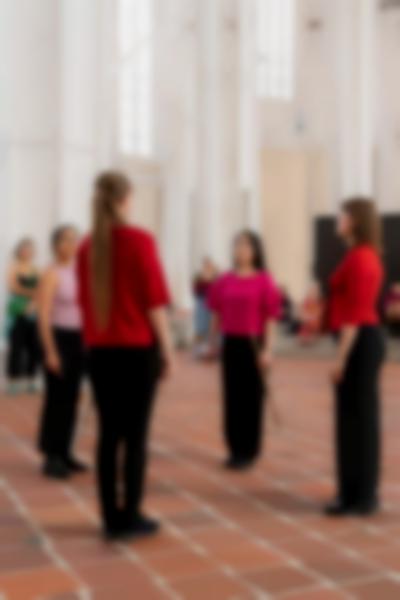Performance: A Big Year
26. July 2025, 18:00
St. Petri zu Lübeck
Performance: A Big Year
26. July 2025, 18:00
St. Petri zu Lübeck
As part of the exhibition FALLEN FROM THE SKY, artist Annika Kahrs’ performance A BIG YEAR was staged as the central educational format in the interior of St. Petri Church. The work explored the relationship between humans and birds through the medium of sound and was aimed at both art lovers and visitors with an interest in scientific and ecological research.
The focus was on the acoustic legacy of the American ornithologist Ted Parker III, whose extraordinary hearing enabled him to identify over 4,000 bird species by their song. This ability permanently changed ornithological practice and, in particular, the documentation of bird calls.
In her performance, Kahrs drew on original historical recordings from the Macaulay Library of the Cornell Lab of Ornithology. These included both field recordings of bird calls and audio recordings of Parker’s own voice. The church interior became a resonance chamber for this sound archive.
The acoustic material was supplemented by live elements: tinkling bells, the voices of the performers, and audio contributions from contemporary ornithologists who contextualized what was heard.
As an accompanying program, A BIG YEAR linked artistic, scientific, and sensory-experiential levels. The work gave visitors access to the world of birds through conscious listening and at the same time invited them to engage with questions of perception, memory, and the transience of sound archives. In doing so, it also posed fundamental questions: How do humans communicate with the non-human? And how can sound be used to create closeness without appropriation? The title of the performance referred to the ornithological practice of the “Big Year”—a competition in which as many bird species as possible are documented within a year. Ted Parker himself set a record in 1971 with 626 species in North America. The performance reflected this motif not as sporting ambition, but as auditory archiving and an expression of deep connection with the environment—a “race against time,” as Kahrs poetically suggested in the work.
A BIG YEAR was conceived as a sensitively composed interface between art, science, and the audience. The performance did not offer didactic communication in the classical sense, but rather a space for experience in which listening, understanding, and remembering became shared, open processes.













